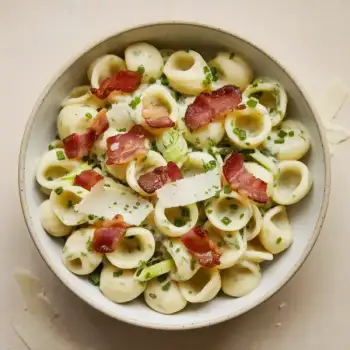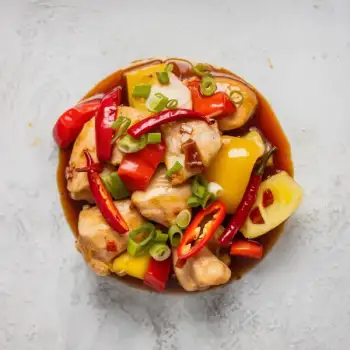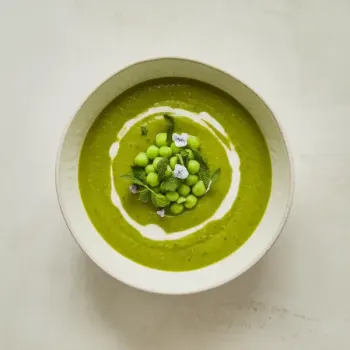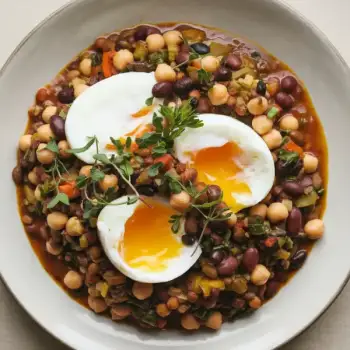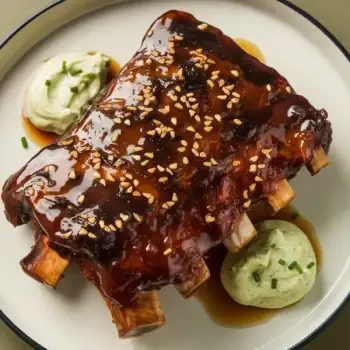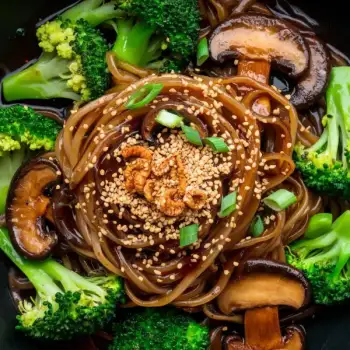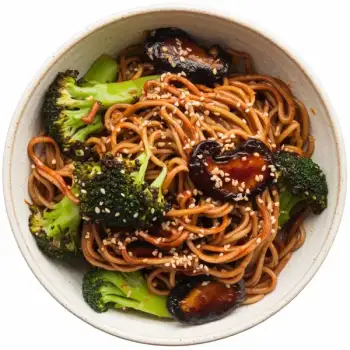

Fresh
Spring onions can be found fresh, with their green tops and white bulbs intact. They are often used raw in salads or as a garnish.
Frozen
Frozen spring onions are available and can be a good alternative when fresh ones are out of season. They are best used in cooked dishes.
Chopped
Pre-chopped spring onions are available in some stores, offering convenience for quick meal preparation.




frozen spring onions: No specific brand recommendations as availability varies by region and store.

Grilling: Grilling spring onions can intensify their sweetness while adding a smoky flavor. Brush them with oil and grill over medium-high heat until they have charred edges and are tender.
Pickling: Pickling spring onions is a great way to preserve their flavor and add a tangy crunch to dishes. A simple brine of vinegar, water, sugar, and salt can be used to pickle the onions, which can then be used as a condiment or in salads.
Sautéing: Sautéing spring onions quickly in a bit of oil or butter over medium heat allows them to soften slightly and become aromatic without losing their crispness.




